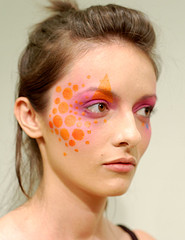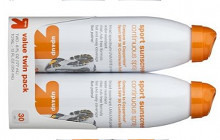The U.S. Food and Drug Administration regulates both cosmetics and drugs, but they’re not the same thing. The distinction is that drugs affect the structure of your body or the way it works, and cosmetics just make you look nicer. It’s the difference between a tube of mascara and a prescription of Latisse. Try telling that to Lancôme, though. The FDA happened to stop by the company’s website one day, and noticed that the company makes some claims that make their products sound less like cosmetics, and more like drugs. [More]
lotions
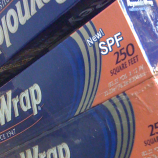
If This SPF Goes Any Higher, My Sunscreen Will Turn Into Aluminum Foil
The difference in UVB protection between an SPF 100 and SPF 50 is marginal. Far from offering double the blockage, SPF 100 blocks 99 percent of UVB rays, while SPF 50 blocks 98 percent. (SPF 30, that old-timer, holds its own, deflecting 96.7 percent).
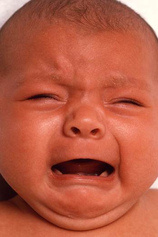
Baby Products: Now With Formaldehyde!
More than half of the baby products recently tested by the Campaign for Safe Cosmetics were found to contain trace levels of formaldehyde and dioxane. Though the study didn’t accuse Johnson & Johnson of dumping barrels of the potential carcinogens directly into their baby products, the dangerous chemicals can form during the manufacturing process as other ingredients break down. The full list of 48 tested baby shampoos, lotions, soaps, and wipes—including some well-known products you probably have on your shelf—inside.
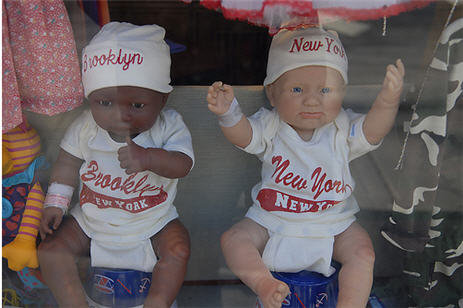
Chemicals In Baby Products May Be Dangerous
A recent study shows that phthalates found in some baby products such as shampoos and lotions may be, well, seeping into your baby. Phthalates are thought to cause reproductive problems in children, especially males. They’re not listed on the labels, so its hard for concerned consumers to avoid them.


